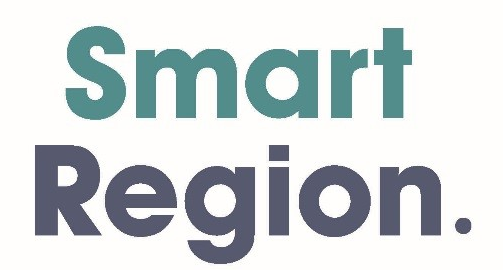How to Create Viral Content: Try, Try Again
Benjamin Hardy was the #1 writer on Medium.com in 2016.
He has grown his email subscriber base from zero to over 200,000 people in the past two years.He attributes much of his success from a single idea he learned from Tim Ferriss: Rather than setting long-term goals, pursue short-term experiments.
Here’s what Hardy learned from Ferriss and how he applied it:
As Tim Ferriss explained in his wildly popular best seller The 4-Hour Workweek, he pursues excitement rather than happiness. Instead of chasing long-term goals, Ferriss performs short-term “experiments” which last a few weeks. He puts all of his energy into these experiments and has no clue what opportunities may arise from such experiments. Instead of making long term plans, he waits to respond to the brilliant and best opportunities that arise from his short-term experiments.
Hardy took this simple concept and used it to redefine his entire approach to his work. While surfing the internet, Hardy stumbled upon a personal development article that had over 1,000,000 social shares. He decided to perform an experiment in attempts to likewise create an article that would also get 1,000,000 shares.
He spent a day or two analyzing the successful article. Then, he decided how he could make a better one. Then he created a 10,000 word listicle.
The experiment took one week to attempt and yes, resulted in some excitement, to put it mildly. The article he wrote met his goal of being shared over 1,000,000 times, and brought him well over 50,000 of his current 200,000 email subscribers. That email list was a factor in Hardy landing a $220,000 book deal advance—as a first time author, no less.
According to Hardy: “Experiments are a fun way to pursue goals because they allow you to get innovative and bold. Experiments are short-term — and thus relatively low risk. They are your “moon shots.” Why play small? What’s the worst that could happen, you waste a few weeks or months and learn a lot while doing it?”
Hardy argues that these experiments should be in the form of a MVP (minimum viable product), which means you’re purposely not spending a lot of time on them.
Experiments are to open the door. They’re to give you data about what is working and what is not.
You’re a scientist now.
But a bold scientist.
Hardy’s MVP was a blog post. It wasn’t a full-on book. If his blog post flopped, oh well. However, if he had spent hundreds and hundreds of hours on a book that didn’t do well, that would’ve been a waste of time.
Your experiments are to point the direction for bigger projects and opportunities. If you want bold and exciting opportunities, you need to perform bold experiments. Because how you start anything is what creates the path and trajectory of that thing.
How can you apply this?
What are some short-term and relatively low-cost experiments you could do to create more compelling and interesting work? Here are some ideas:
Got an idea for a book? Write a blog post today that encapsulates the core idea, and see what kind of reaction it gets.
Thinking of refining your personal brand, but not sure exactly how to position yourself? Create 20 social media posts this week positioning yourself a certain way, and measure engagement.
Want to increase traffic to your website? Try blogging every day for 30 days.
These are simple experiments that don’t require a major commitment, but can generate big results. What can you put all of your attention to for the next few weeks?
Source: mashable.com

Josh Steimle is the author of Chief Marketing Officers at Work and the CEO of MWI, a digital marketing agency with offices in the US and Asia, and despite being over 40 can still do a kickflip on a skateboard.




